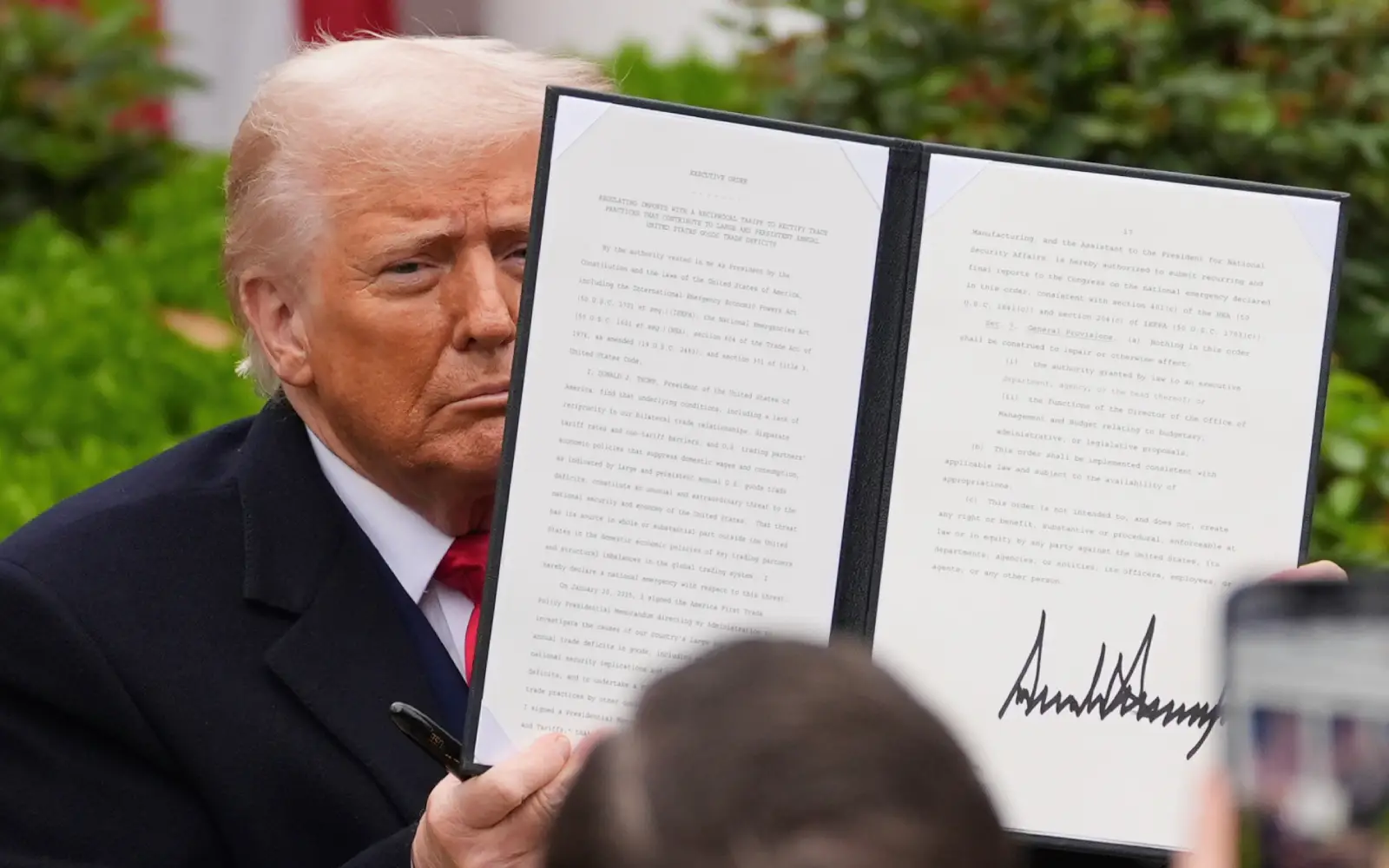A Nation Reconnects with Technology
For the first time in half a century, Syria has hosted a major international tech conference, marking a rare moment of optimism in a country that has spent much of the past decade in conflict. The event, dubbed SYNC 25, was held in Damascus and attracted a diverse group of Syrian-American entrepreneurs, investors, and local technology experts seeking to rebuild a once-promising sector. The conference represents more than just an industry gathering—it is a test case for Syria’s ability to rejoin the global economy in an era defined by digital innovation. After years of war, sanctions, and brain drain, the question is whether Syria can rebuild its technological infrastructure, and if so, at what cost.
The Forgotten History of Syrian Innovation
Fifty years ago, in the early 1970s, Syria was not the war-torn country that much of the world now associates with instability. While it was never a global leader in technology, Syria was home to a burgeoning industrial sector, particularly in Damascus and Aleppo, where engineers and entrepreneurs worked to modernize infrastructure. At that time, the country had growing ties with the Soviet Union, which provided technical support in fields like telecommunications, energy, and military technology. The last known major tech-focused event in Syria before SYNC 25 was held in 1974 under President Hafez al-Assad’s rule. That conference, focused on scientific development and industrial modernization, sought to position Syria as a regional leader in technological self-sufficiency. However, it was overshadowed by political upheaval, growing economic struggles, and shifting alliances in the Cold War.
As Syria fell deeper into authoritarianism, technological progress took a backseat to political consolidation. The regime’s focus on military spending, state-controlled industry, and Soviet-style central planning left little room for an organic, innovative tech sector to develop. While neighboring countries like Lebanon and later the Gulf states surged ahead in telecommunications and digital industries, Syria remained relatively isolated. By the 1990s, as the world experienced the internet boom, Syria was largely absent from the conversation. Strict government censorship, lack of investment in digital infrastructure, and international sanctions prevented the country from building the kind of tech industry seen in emerging markets. The gap between Syria and the rest of the world only widened.
Why Syria Went Silent for 50 Years
Several key factors contributed to the absence of a major tech conference in Syria for half a century. Authoritarian rule and tight control over telecommunications meant that independent tech entrepreneurs had little room to operate, while economic stagnation and international sanctions cut Syria off from global technology markets. The civil war that erupted in 2011 further devastated infrastructure and led to an exodus of skilled workers, with many of the country’s best engineers and entrepreneurs fleeing to Europe, Turkey, or the Gulf. Unlike other Middle Eastern nations that embraced privatization and foreign investment in the late 20th century, Syria remained heavily state-controlled, with few opportunities for innovation. While countries like the United Arab Emirates and Qatar actively invested in technology sectors, Syria’s government saw little reason to develop a digital economy that could threaten its control over information.
Even before the war, censorship laws restricted the development of a competitive tech industry. The internet, when finally introduced to Syria in the late 1990s, was tightly monitored. Websites deemed politically sensitive were routinely blocked, and online discussions critical of the government often led to arrests. While a handful of government-backed projects attempted to modernize parts of the economy, they were limited in scale and largely inaccessible to independent developers. This isolation meant that Syrian technology professionals either worked abroad or adapted to working remotely for international companies, rather than building startups and companies inside Syria itself.
SYNC 25: A Symbolic Step or Real Progress?
Held in Damascus, SYNC 25 was designed to be a bridge between Syria’s emerging digital entrepreneurs and the global tech ecosystem. The event featured discussions on artificial intelligence, software development, and digital infrastructure, with Syrian-American investors expressing cautious optimism about opportunities in the country. A key highlight of the conference was the announcement of a target to create 25,000 tech jobs by 2030, signaling an ambitious vision for the sector. However, significant challenges remain. While Syria has talent, it lacks the high-speed internet infrastructure necessary to support a large-scale tech industry. International investment remains limited due to sanctions, and political instability continues to make long-term business ventures risky.
Some skeptics argue that SYNC 25 is more symbolic than practical, serving as an image-rebuilding exercise rather than a real turning point. Others, however, see it as an essential first step. Even if Syria does not become a tech hub overnight, the fact that this conference happened at all suggests that there are still Syrians willing to fight for the country’s future—through innovation rather than war. The mere presence of international investors at the event highlights the possibility that, despite the difficulties, Syria might slowly carve out a space in the global digital economy. However, the political and economic landscape remains fragile, and many of the country’s most talented professionals remain hesitant to return.
The Road Ahead for Syria’s Tech Industry
Despite the hope generated by SYNC 25, it is clear that rebuilding Syria’s tech industry will not be easy. While some entrepreneurs and engineers have returned, many more remain abroad, wary of investing in a country with uncertain political and economic conditions. Furthermore, without deep structural changes—such as relaxing censorship laws and fostering a more business-friendly environment—Syria risks falling into the same isolation that plagued it for decades. If the Syrian government does not make meaningful policy changes to encourage investment and innovation, the gains from this conference will likely be short-lived.
But history has shown that technological growth can occur in the unlikeliest of places. Countries like Estonia and Vietnam, both once devastated by war and occupation, have since developed thriving tech sectors. If Syria can take gradual steps toward modernization, SYNC 25 may one day be remembered not just as a rare moment of hope, but as the beginning of something much bigger. For now, the world is watching, and the next steps will determine whether this conference was a symbolic gesture or the foundation of a true Syrian tech renaissance.













